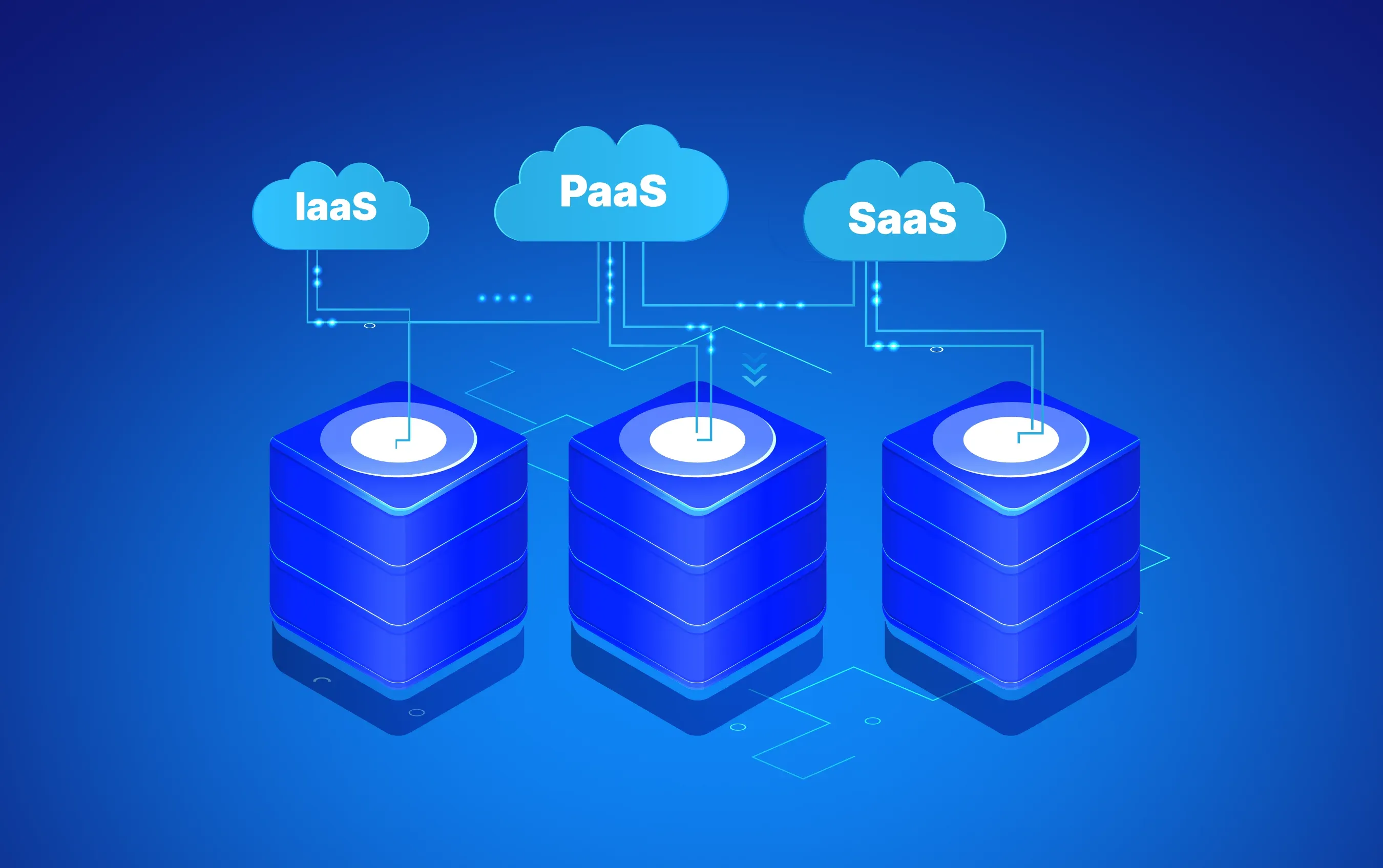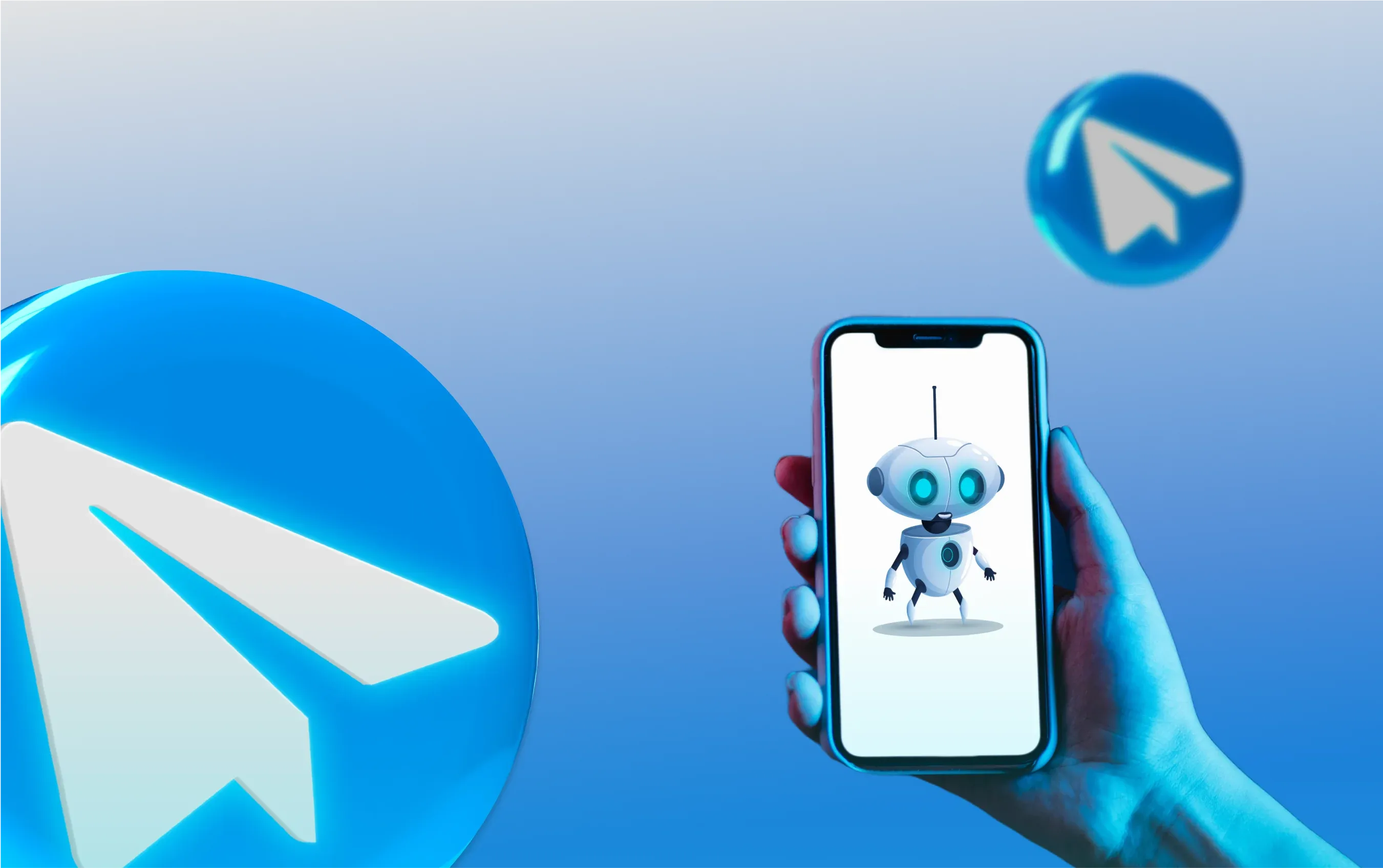
MVP testing is about viability, degree of product traction, user interaction, and satisfaction. QA testing, however, concentrates on the technical part, such as code quality, identification of errors, and performance of the system. The MVP testing ascertains that you are developing the right product, whereas QA testing ascertains that you are developing the product correctly.
It will take a time that will depend on your product complexity and testing procedures. It will be 2 or 3 times more than most founders expect to find the market fit of the new startup. The first round of tests usually takes 2-8 weeks, but keep in mind that MVP testing is something that occurs continuously after the first few days of your product.
The number varies by testing method. In usability testing, with under 5-8 users, you only need to take into consideration 80 percent of usability problems. To run A/B tests, you should have larger sample sizes to be statistically significant—hundreds or thousands of users, depending on your conversion rates, to find a difference.
Negative results are valuable learning opportunities. Unless you are going to be able to validate your idea, seek alternative opportunities in the data. Perhaps you have gotten very close with your MVP, and one like it will be successful. Use the feedback to know what went wrong in terms of users not interacting and say whether or not to pivot, iterate, or look into another market segment.
Existing tools strike the equilibrium between advantages now and later, and it is a trade-off that should get a lot of reflection when developing an MVP. Whereas current tools can be quick to deploy and cost-effective, they might be inflexible to complex MVP requirements as you scale. Use available tools first and custom development when there is a need.
Seek all similar positive indicators on numerous measures: user engagement, retention rate, satisfaction rating, and the willingness to pay. Once you unlock indicators of product-market fit and your hypothesis is correct after several rounds of testing, you can start to scale. But it is necessary to keep in mind that it is important to test even a launched implementation, as it can help to inform further development decisions.
Previous insight





